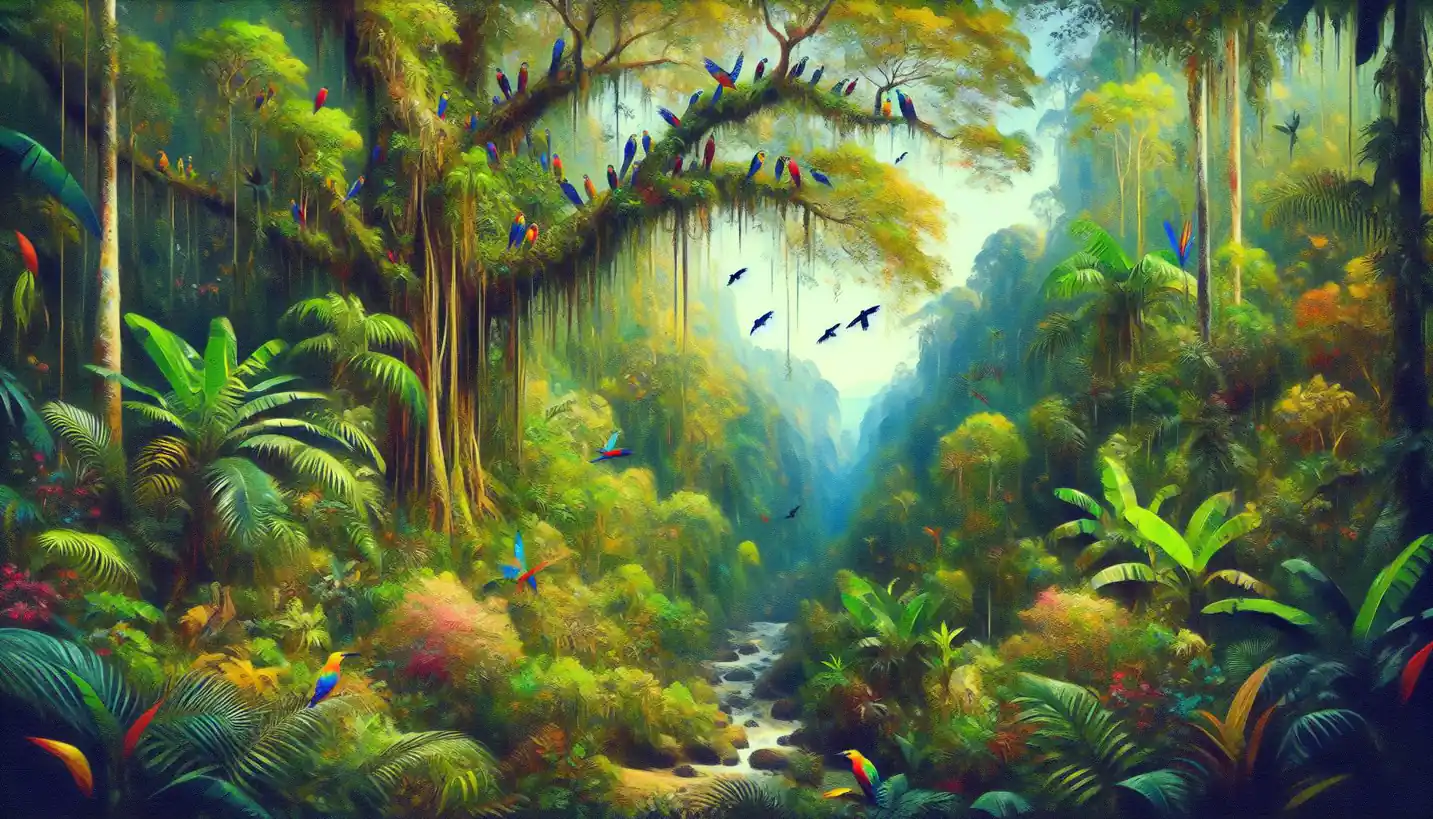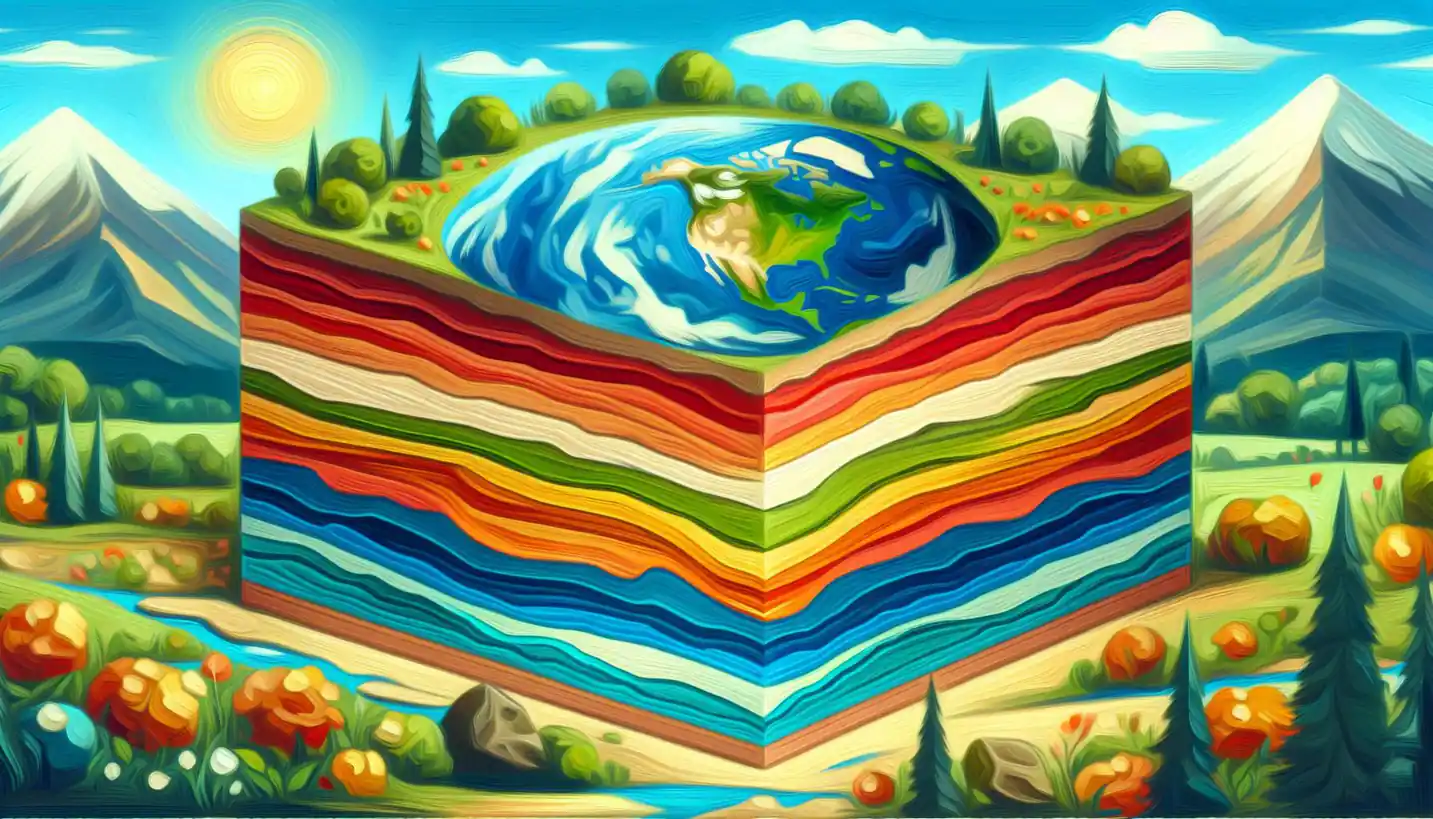· Geography · 4 min read
Borders: The Invisible Lines Shaping Our World with Critical Geography Insights
Borders aren't just lines on a map—they shape cultures, politics, and interactions. Explore the invisible forces at play in dividing our world.

When we talk about borders, images of walls, fences, and checkpoints might come to mind. However, these lines on a map represent much more than just physical separations. In the realm of critical geography, borders are seen as dynamic social constructs that influence everything from global politics to personal identity.
Borders are not simply natural or permanent. They evolve over time, influenced by changes in politics, economics, and culture. Think about the world map as a jigsaw puzzle where the pieces don’t always fit perfectly. These borders often reflect historical decisions, colonial legacies, and ongoing negotiations. Take the Berlin Wall, for instance, which once divided a city and symbolized the ideological clash of the Cold War. Its fall in 1989 wasn’t just about removing a barrier—it marked a significant shift in global power dynamics.
In critical geography, borders are considered more than static lines. They are seen as processes that actively shape social relations and individual experiences. This perspective challenges us to think about who creates these borders and why. Often, the lines are drawn by those in power, serving political or economic interests while impacting communities and ecosystems on either side.
Let’s explore how borders impact our everyday lives. Imagine living in a border town where a line drawn generations ago divides families and cultures. Residents might speak the same language and share customs, yet they navigate different legal systems, currencies, and regulations. The border becomes a living part of their identity, shaping daily routines and how they perceive themselves.
Borders also influence migration, a major topic in our interconnected world. People move for many reasons—economic opportunities, conflict, environmental change—but borders can either facilitate or hinder these movements. For instance, strict immigration policies can create dangerous situations for those seeking asylum or better lives. The journey becomes fraught with uncertainty, impacting not only the migrants but also the communities they join.
We can see borders in action in global trade as well. Goods and services cross international lines, each with regulations and tariffs that reflect political relations between countries. These economic borders can promote cooperation or exacerbate tensions, influencing everything from the price of goods to the stability of markets.
Beyond the tangible, borders also exist in our minds. They shape how we view others and define who is an insider or outsider. This aspect of critical geography examines the psychological and sociocultural dimensions of borders. How do borders affect our perceptions of national identity, belonging, and community? These questions reveal the invisible lines we draw in our minds and society.
An interesting aspect of borders is their role in environmental management. Natural resources like rivers, forests, and air don’t adhere to human-made lines. This can lead to challenges in managing resources and protecting ecosystems that straddle borders. Conflicts may arise when nations prioritize their resources over collective environmental stewardship.
Borders aren’t static; they change with time. Technology and globalization are blurring traditional lines, creating virtual borders in cyberspace. Digital divides now determine access to information and technology, impacting social and economic development. In this age, who controls these digital borders, and how do they shape our world?
Critical geography invites us to think beyond the physical demarcations and consider borders as living concepts. They are tools of power and control that can both connect and divide. The impacts of borders extend into our individual lives, influencing our identities and communities.
As we look to the future, we should ask ourselves: How can we rethink borders to foster cooperation and understanding in our global society? Are there ways to balance the need for national security with the humanitarian need for free movement? How do we ensure that borders don’t become barriers to progress and peace?
The study of borders in critical geography is more than an academic exercise. It’s an exploration of the invisible lines that define our world, challenging us to reconsider the ways we interact with one another and the planet. Whether through policies, trade, migration, or digital spaces, borders will continue to shape our future, urging us to navigate the complex mosaic of humanity with empathy and understanding.


